Accepted Scientific Name: Echinocereus pectinatus (Scheidw.) Engelm.
Mem. Tour N. Mexico [Wislizenus] 110, 1848. Wisliz., Wisliz., Wisliz.
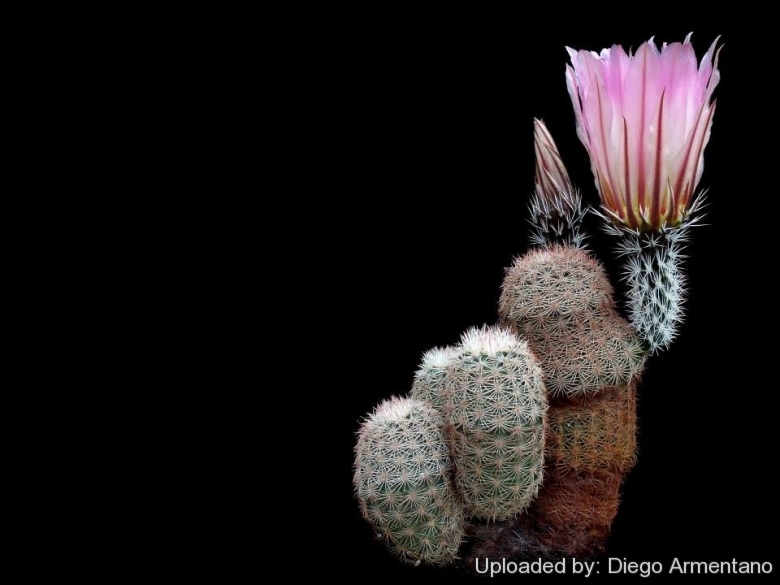
Echinocactus pectinatus (Echinocereus pectinatus) Photo by: Diego Armentano
Origin and Habitat: Echinocereus pectinatusSN|8503]]SN|8503]] is wide-ranging species distributed in the Mexican states of Aguascalientes, Chihuahua, Coahuila, Durango, Guanajuato, Nuevo León, San Luis Potosí, Sonora, Tamaulipas and Zacatecas, and in the United States in the states of Arizona, New Mexico and Texas.
Altitude range: 400 to 1,900 metres above sea level.
Habitat and Ecology: The species grows in xerophyllous scrub, limestone hills and grasslands, is common in the Chihuahuan Desert Region, in many places it occurs at high densities, and although there are threats in places these are not sufficient to warrant any concern. The species is eaten by the larvae of a moth, many populations are devastated by this, however it is difficult to establish if this is major threat. In parts of its range the species is affected by fires.
Synonyms:
See all synonyms of Echinocereus pectinatus
back
Accepted name in llifle Database:Echinocereus pectinatus (Scheidw.) Engelm.Mem. Tour N. Mexico [Wislizenus] 110, 1848.Synonymy: 9
Accepted name in llifle Database:Echinocereus pectinatus subs. wenigeri (L.D.Benson) W.Blum & RutowEchinocereus Monogr. (preprint) [7]. 1998 [3 Apr 1998] ; preprintSynonymy: 2
back
Common Names include:
ENGLISH: Rainbow Cactus, Purple Candle Cactus, Lace Cactus, Comb Hedgehog, Texas rainbow cactus
RUSSIAN (Русский): Эxиноцереус гребневидный
SPANISH (Español): Órgano-pequeño Peine
Description: The rainbow cactus (Echinocereus pectinatusSN|8509]]SN|8503]]) commonly remains single, but old plants sometime branch and form a a loosely clumped cluster. It has yellow, pinkish or brownish spines loosely pressed to the surface or spreading widely, pectinate, and intertwining with those of the other areoles. It produces very beautiful, brilliantly coloured flowers with spiny tube, which later develop into Gooseberry-like fruits rich in sugar and said to be very delicious. Two subspecies are recognized by Anderson (2001 ), the nominate, and subsp. wenigeri (L.D.Benson) W.Blum & Rutow. A third supecies, subsp. ctenoides (Engelm.) G.Frank, is included here by Hunt et alt. (2006), but Anderson placed it in Echinocereus dasyacanthusSN|5533]]SN|5533]] Engelmann).
Stems: Usually solitary, globose to cylindrical (8-)10-20(-35) cm tall 3-6(-13) cm in diameter almost hidden by the short interlocking spines.
Ribs: (12-)20-23 obtuse, usually straight forming low tubercles.
Areoles: Approximate, but not touching one another, about 3 mm long, oval, young areoles with short white hair.
Central spines: Not present or (usually) 1 to 6 very short, yellow to pinkish to brownish, more or less erect or diverging, 1-25 mm long.
Radial spines: (12-)16-30 white or pinkish 5-10 mm long, usually closely pressed to the surface or spreading widely, pectinate, and intertwining with those of the other areoles pinkish to grayish, often in coloured bands.
Flowers: Funnel-shaped, borne on the sides of the stems, diurnal, intense pink (but also magenta, lavender...or...yellow to near-whitish) with a white-greenish base, (5-)6-88-15) cm long and in diameter. Petals quite long and pointed, areoles very spiny with white hairs on the floral tube. Stamens usually cream coloured.
Blooming season. Spring—summer.
Fruits: Spiny, globose to elliptical, greenish-purple, fleshy, becoming naked, 2-3 cm in diameter. Gooseberry-like rich in sugar and said to be very delicious.
Similar species: E. pectinatus, with at least microscopically visible stubs of central spines is superficially similar to the unrelated Echinocereus rigidissimusSN|8503]]SN|8509]], belonging to the Echinoceeus reichenbachii group, which always lacks central spines. Botanists sometimes lump this species with the yellow-flowered Texas rainbow hedgehog, Echinecereus dasyacanthus, or consider them varieties of a single species.
Subspecies, varieties, forms and cultivars of plants belonging to the Echinocereus pectinatus group
Bibliography: Major references and further lectures
1) Edward Anderson “The Cactus family” Timber Press, Incorporated, 2001
2) Nathaniel Lord Britton, Joseph Nelson Rose “Cactaceae: Descriptions and Illustrations of Plants of the Cactus Family” vol. 4 The Carnegie Institution of Washington, Washington 1923
2) James Cullen, Sabina G. Knees, H. Suzanne Cubey "The European Garden Flora Flowering Plants: A Manual for the Identification of Plants Cultivated in Europe, Both Out-of-Doors and Under Glass" Cambridge University Press, 11/Aug/2011
3) David R Hunt; Nigel P Taylor; Graham Charles; International Cactaceae Systematics Group. "The New Cactus Lexicon" dh books, 2006
4) Goettsch, B.K., Gómez-Hinostrosa, C., Heil, K., Terry, M. & Corral-Díaz, R. 2013. Echinocereus pectinatus. The IUCN Red List of Threatened Species 2013: e.T152048A591134. http://dx.doi.org/10.2305/IUCN.UK.2013-1.RLTS.T152048A591134.en. Downloaded on 07 March 2016.
5) Bárcenas, R.T. “Chihuahuan Desert cacti in Mexico: an assessment of trade, management and conservation priorities”. In: Robbins, C.S. (ed.), “Prickly trade: trade and conservation of Chihuahuan Desert cacti”, pp. 1-65. Traffic North, Washington DC. 2003
6) Hernández, H.M., Gómez-Hinostrosa, C. and Goettsch, B. “Checklist of Chihuahuan Desert Cactaceae.” Harvard Papers in Botany 9(1): 51-68. 2004
7) Martínez-Ávalos, J.G. and Jurado, E. “Geographic distribution and conservation of Cactaceae from Tamaulipas Mexico.” Biodiversity and Conservation 14: 2483-2506. 2005
8) Taylor, N.P. “The Genus Echinocereus.” Collingridge Books, London. 1985
9) Thomas, P.A. “Mortality over 16 years of cacti in a burnt desert grassland.” Plant ecology 183: 9-17. 2006
10) George Oxford Miller “Landscaping with Native Plants of the Southwest” Voyageur Press 2007
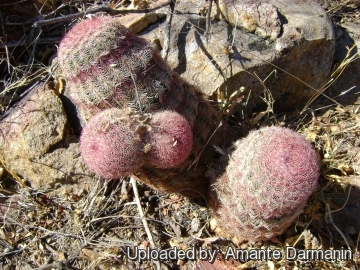 Echinocereus pectinatus, Rio Nazas, Durango. (Echinocereus pectinatus) Photo by: Amante Darmanin
Echinocereus pectinatus, Rio Nazas, Durango. (Echinocereus pectinatus) Photo by: Amante Darmanin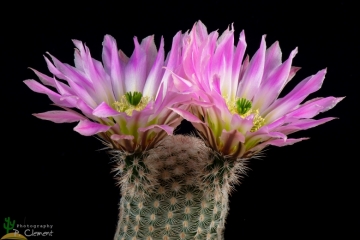 Echinocactus pectinatus (Echinocereus pectinatus) Photo by: Peiffer Clement
Echinocactus pectinatus (Echinocereus pectinatus) Photo by: Peiffer Clement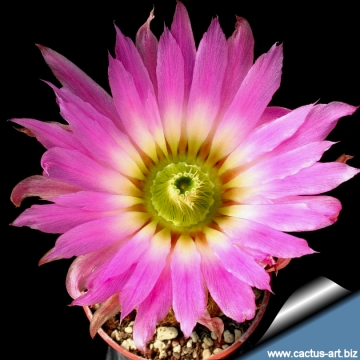 This is a particularly fine-flowering species due to the satiny sheen of the petals, which make them glow in sun light. (Echinocereus pectinatus) Photo by: Cactus Art
This is a particularly fine-flowering species due to the satiny sheen of the petals, which make them glow in sun light. (Echinocereus pectinatus) Photo by: Cactus Art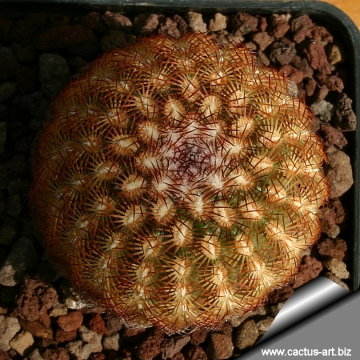 Echinocactus pectinatus (Echinocereus pectinatus) Photo by: Cactus Art
Echinocactus pectinatus (Echinocereus pectinatus) Photo by: Cactus Art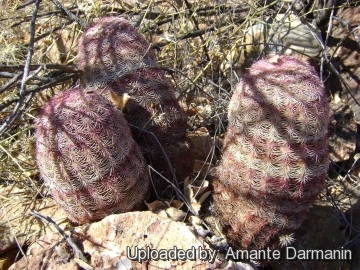 Echinocereus pectinatus, Rio Nazas, Durango. (Echinocereus pectinatus) Photo by: Amante Darmanin
Echinocereus pectinatus, Rio Nazas, Durango. (Echinocereus pectinatus) Photo by: Amante Darmanin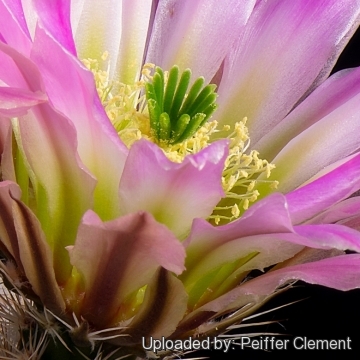 Echinocactus pectinatus (Echinocereus pectinatus) Photo by: Peiffer Clement
Echinocactus pectinatus (Echinocereus pectinatus) Photo by: Peiffer Clement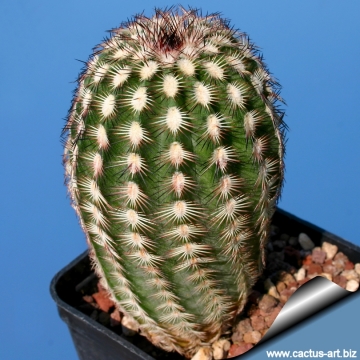 Echinocactus pectinatus (Echinocereus pectinatus) Photo by: Cactus Art
Echinocactus pectinatus (Echinocereus pectinatus) Photo by: Cactus Art Echinocereus pectinatus SB1035 (Collector: Steven Brack), Huizache, San Luis Potosi, Mexico. (Echinocereus pectinatus) Photo by: Peiffer Clement
Echinocereus pectinatus SB1035 (Collector: Steven Brack), Huizache, San Luis Potosi, Mexico. (Echinocereus pectinatus) Photo by: Peiffer ClementCultivation and Propagation: In culture Echinocereus pectinatusSN|8503]]SN|8503]] is without problems and regularly shows its beautiful flowers if we provide an adequate winter rest period. It is sensitive to overwatering (rot prone) needs good drainage, Keep drier and cool in winter. Need full sun; Very cold resistant hardy to -10° C or less for short periods of time.
Propagation: Seeds or cutting (if available)
Your Photos

by Diego Armentano
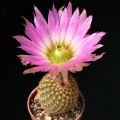
by Valentino Vallicelli
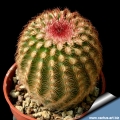
by Cactus Art





















